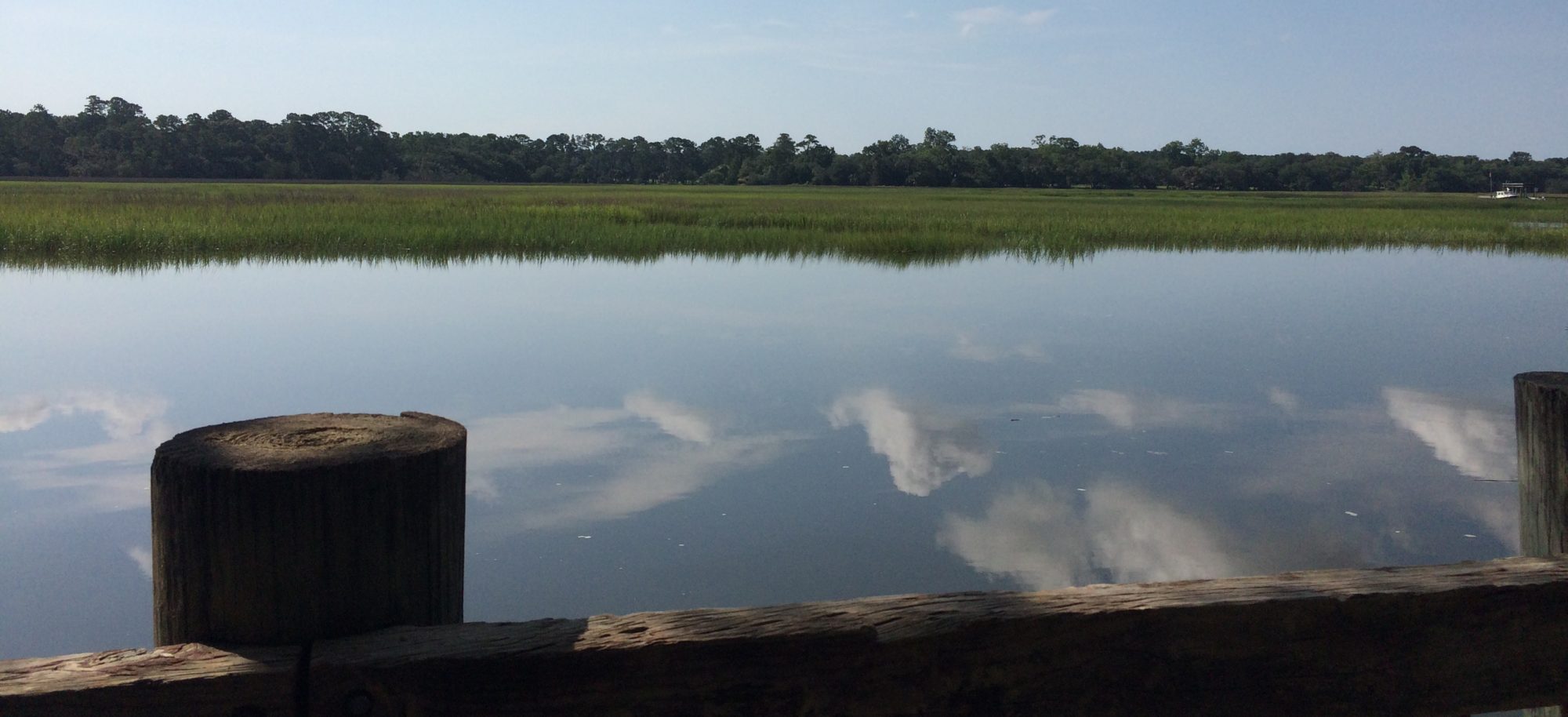In the autumn of 2000, iron straps corseted the tower at Pisa to prevent its collapse at the middle. Huge lead weights straddled the north base; guy wires attached to the top story went off in three directions.
It was a smaller tower than I expected, a little squatter, but not less graceful. Even in its rehab suit, I liked it. Five weeks into retirement, conflicted feelings challenged my ongoing value as a person apart from work. I had announced my intention to become a writer, with little training and hardly a track record. My family wanted a more specific description of how my time would be spent. Travel and golf seemed short-lived, frivolous, escapist.
Restoration in process by the authorities, said the plywood signboard, involved extraction of cores of earth from beneath the foundation. Their plan aimed to prop the tower back up to its tilt of three hundred years ago, when the degree of lean was relatively static. At that point the supporting apparatus would be taken off.
Will it be like someone’s fractured limb, I wondered, from which cast and traction have been removed? Will it be thinner, weaker? Will it have to learn to lean all over again?
What if I turned out to be no good at writing? Maybe I had done the wrong thing, leaving the working world without a re-entry plan. If I failed to deliver on my promise that retirement would be a new career, what would my friends and family think? Was my estimation of success or failure going to match their expectations?
Had the tower never leaned, there would be no magic in it. People have watched it lean for centuries against thin air, perhaps sharing a secret hope of being there when it actually goes over.
I remembered a story about Galileo dropping weights from its top, measuring the speed of falling objects. From this he dropped the weights? Couldn’t he find something taller?
No, perhaps not then. Perhaps not even now, actually. Nothing in Pisa is very tall. And the tower does lean. Still, I had in mind a height matching its iconic status. I envisioned something like the Washington Monument, maybe. Now if that began to lean….
For me, standing there confused in an autumn afternoon, the tower demonstrated the value of persistence, of resolutely hanging on. It proved that being out of kilter does not necessarily mean you will go down completely, that people will still love you if you are a little crazy.
Should I have hung on longer at my job? Should I be comfortable with my decision, realize that others would feel good about it if I did, recognize that learning a new skill would not be different in retirement from before?
It is probably for the best that they will not pull it up to vertical. Its value as a tourist attraction would be nil straight up. It would need some practical use, maybe as a destination climb for tourists to view Pisa and the surrounding countryside. Entertaining, but not the same. Quirkless, like other towers.
We walked back to the station through narrow Pisa streets and found seats on the train to Florence. A little wait, then a gliding sensation, then a clacking of rails as the train picked up speed.
I took out my journal and began to write.
